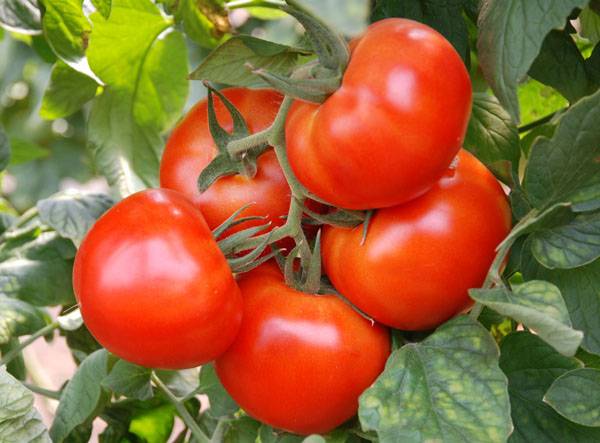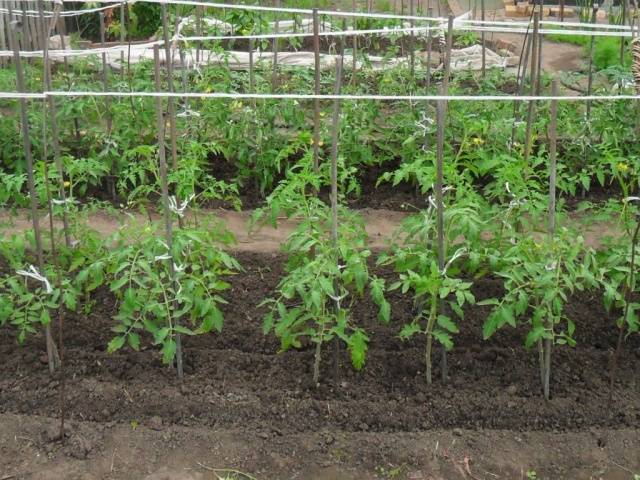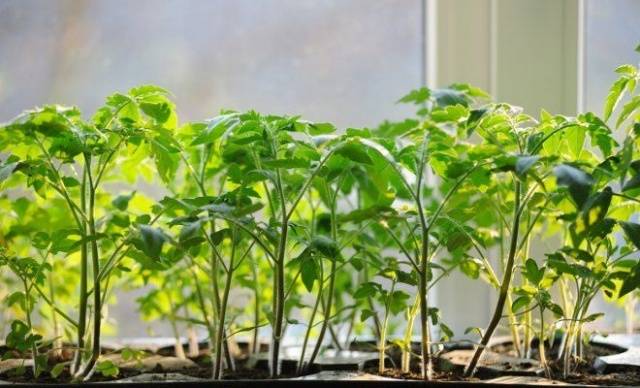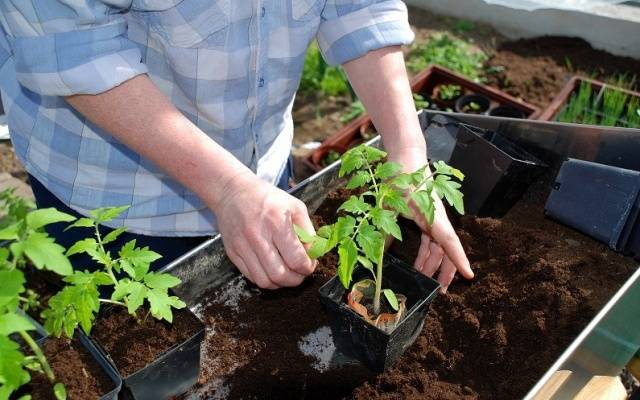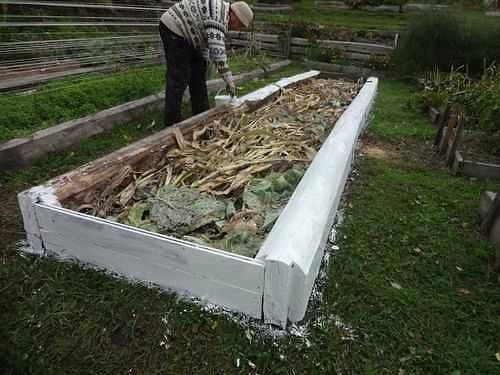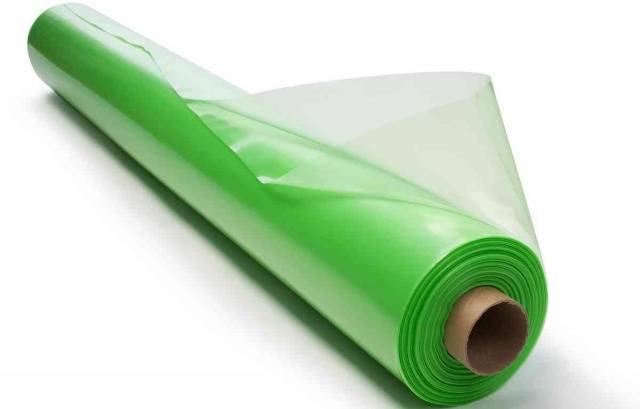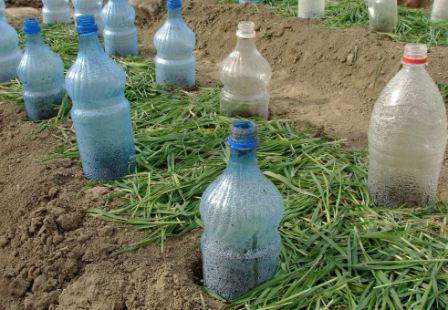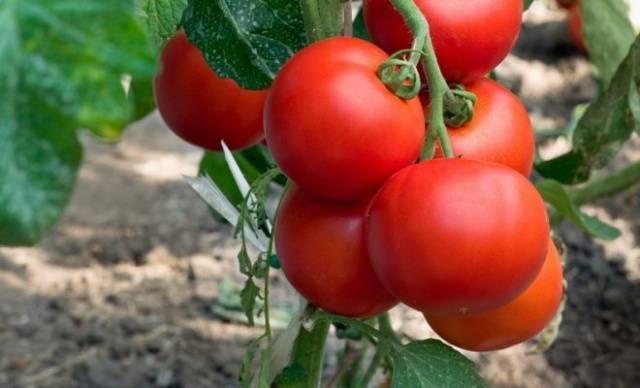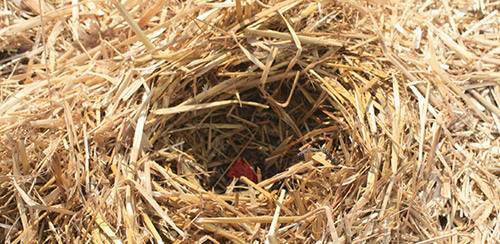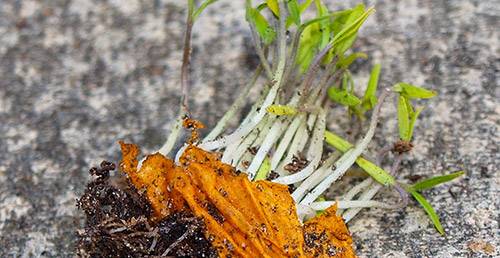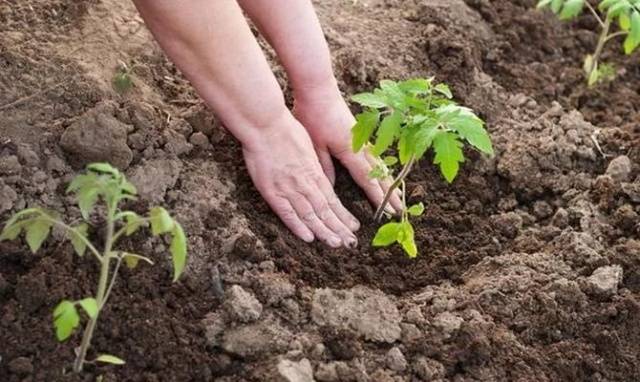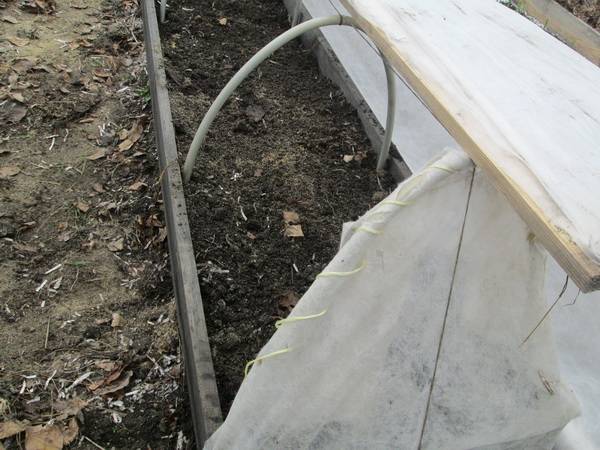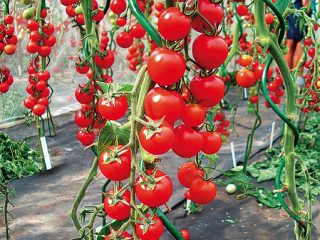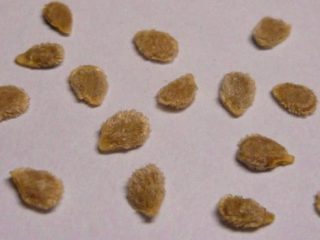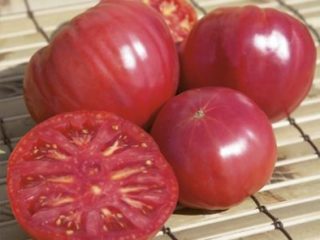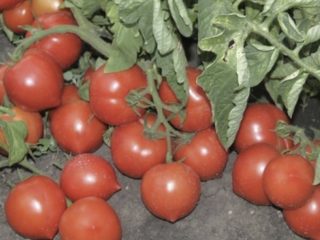Content
Tomato is a vegetable that can be found in every garden. Some people prefer to grow them only in a greenhouse, rightly believing that the harvest there is larger and the fruits are larger. But for most greenhouse varieties, the ripening time is far from the earliest. Many people plant seedlings in open ground, selecting early-ripening varieties that yield a good harvest. Most often, their fruits are small and are more suitable for canning. But among them there are exceptions, one of which is the Red Rooster tomato. Reviews from those who have already planted it and harvested it are positive. Why did gardeners like him so much? We will compose a complete description of the variety, as well as provide the main characteristics in order to understand its advantages. The photo shows Red Rooster tomatoes.
Main characteristics
The originator of the Red Rooster variety is the Gavrish seed company. It was included in the State Register of Breeding Achievements in 2015. The Red Rooster tomato is recommended to be cultivated in all regions of our country; it feels equally good with any growing method - with or without shelter.
The main advantages of the variety:
- ultra-early ripening period - the ripe fruits of this tomato can be tasted already 85 days after germination, cool weather can delay this period by 10 days, but even in this case, when planting 60-day-old seedlings, ripe fruits are harvested in about a month;
- a low bush - up to 80 cm, of a determinant type, it finishes its growth on its own, making the gardener’s work easier, since there is no need to pinch the tomato plant, but it still needs shaping; according to gardeners, the Red Rooster tomato shows the best yield if on the bush 3 stems left;
- strong tomato bushes are heavily loaded with harvest, so they will have to be tied up;
- The fruits of the Red Rooster tomato are large, their average weight is about 200 g, but with good care it can be more;
- The color of the fruit is bright red, the shape is flat-round, the stalk has slight ribbing;
- The taste of tomatoes of the Red Rooster variety is sweetish with a slight sourness - this is what real tomatoes should have;
- The purpose of Red Rooster tomatoes is universal: you can make a delicious salad from them, pickle them in jars, pickle them, make winter preparations by cutting them into pieces or boiling tomato paste; any product will have excellent taste;
- The Red Rooster tomato is suitable for market sales - it has an excellent presentation, excellent taste, and is well transported.
One of the main characteristics of the Red Rooster tomato is its unpretentiousness. It is capable of setting fruit in any weather and, subject to all care rules, provides a harvest of up to 3 kg from one bush. In the description of this tomato variety, it is necessary to note such a feature as resistance to diseases, which is very important, especially in rainy summers.
The video will tell you more about this tomato variety:
Tomato care
All tomatoes, even ultra-early ones, are grown through seedlings. At least 55 days must pass between germination and transplantation of seedlings into the ground, which usually happens in early June. During this time, it will have about 7 leaves, the first cluster of flowers will form and, perhaps, will already bloom.
Growing seedlings
There is a lot of hassle with growing tomato seedlings:
- seed calibration;
- etching them in Fitosporin, peroxide or potassium permanganate;
- sowing in specially selected loose and breathable soil;
- keeping tomato crops warm and dark, and newly emerged sprouts cool and in bright light;
- providing weekly tomato seedlings with warmth - about 23 degrees, maximum lighting, timely watering with non-cold water, at least 2 fertilizing with full mineral fertilizers.
But you still need to pick when the kids have only 2 sheets and transfer them to a liter container when there are already 4 or 5 of them.
What if you try to do without seedlings? Many gardeners will be surprised - the tomato is a heat-loving crop, you can’t sow it in the ground early, and if sowed late, the crop simply won’t have time to form. All this is true, but experienced gardeners have long come up with a way to grow tomatoes without seedlings, and more than one. Of course, it is not suitable for every variety. Their choice is limited only to ultra-early tomato varieties; hybrids are usually not suitable.
Growing tomatoes without seedlings
In ordinary, unprepared soil, the idea is doomed to failure from the start. You will need box beds with a wall height of at least 30 cm. Since the process of warming up the soil must begin when the ground has not yet thawed, all preparatory work is carried out in the fall.The bed should be located from east to west, the area should be illuminated by the sun all day long.
How to make box beds can be seen in the video:
What to do with the garden bed in spring:
- cover with film placed on the arcs. If there is still snow on the garden bed, it needs to be swept away; this can be done as early as the beginning of April. The film is chosen with a thickness of 150 microns; it will reliably protect the bed from frost;
- after 1-2 weeks, when the soil has warmed up, water the bed with a hot solution of pink potassium permanganate;
- prepare five-liter bottles by cutting off the bottom;
- choose a warm sunny day, mark the bed, making 2 cm indentations in it according to a 40x60 cm pattern with a diameter of about 10 cm;
- pour hot water into each cavity;
- Place tomato seeds in a circle, 4 seeds in each circle, sprinkle with a layer of soil about 2 cm thick, compact slightly with your palm. For seedless sowing of the Red Rooster tomato, only dry seeds are used.
- cover each circle with a cut bottle, lightly pressing it into the soil. Bottle caps are not unscrewed.
- cover the arcs with non-woven material, and on top with film, provide additional cover for tomatoes with film in case of severe frosts;
- When warm weather sets in, remove the caps from the bottles.
The emerging tomato seedlings are thinned out, leaving only one strong plant. The rest can be planted in a seedling bed or simply removed. Covers are removed from the garden beds when the return frosts have passed. Caring for seedless tomatoes in the summer should be the same as for those that were planted as seedlings.
There is another method, but it is available only to those gardeners who already have a Red Rooster tomato growing in the garden.
What is the essence of the method:
- in the fall we choose a large and healthy tomato, or maybe several, without signs of late blight and rot;
- we store them in a cool place until the onset of cold, but not frosty weather until approximately the end of October;
- we are preparing a bed for tomatoes, on which we will grow them next year, and straw mulch;
- Make a hole 15 cm deep in the ground, put a handful of rotted straw on the bottom and place a whole tomato. The tomato must be whole; there is no need to separate the seeds from it.
- fill the hole with rotted straw and mulch the top with a layer of humus. Salted or soaked tomatoes can also be used for planting if they have not been exposed to high temperatures.
- in the spring, as soon as the snow melts, we remove some of the humus, cover the bed with non-woven material and install arcs on which we throw the film.
Red Rooster tomato seeds that have undergone natural stratification and selection will germinate smoothly, and the plants will be strong and healthy. All that remains is to plant them.
There is also an intermediate method in which tomato seedlings are grown at home before picking, and then planted in a pre-prepared and heated bed covered with bottles.
What are the advantages of such methods:
- no need to bother with growing tomato seedlings at home;
- tomatoes grow strong and hardened;
- plants do not stretch.
They also have disadvantages. Our unstable climate brings surprises in the form of rain in January and snow in June, and sometimes cold, cloudy summers. In the latter case, the entire crop on the bush will not have time to ripen; you will have to pick some Red Rooster tomatoes green and ripen them in the room.Preparing warm beds requires certain costs. When planting early, you should always be prepared to additionally cover the beds.
Outdoor care
To speed up the process of growth and ripening of tomatoes, you need to follow all agrotechnical practices:
- mulching the soil;
- watering with warm water. Drip irrigation is best.
- fertilizing once every ten days or every 14 days with complete mineral fertilizer with microelements;
- correct formation of plants with the removal of all unnecessary stepsons;
- timely treatments against late blight.
If everything is done correctly and on time, with any method of growing the Red Rooster tomato, it will give a good harvest of tasty, early and large fruits.
